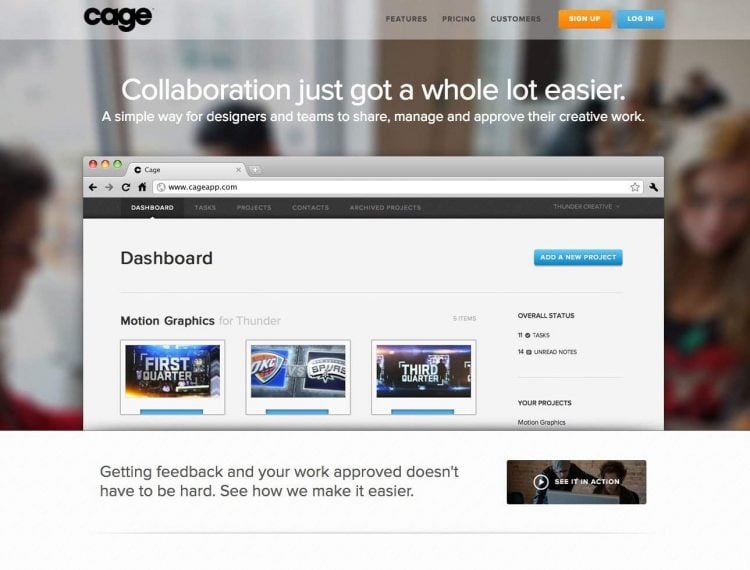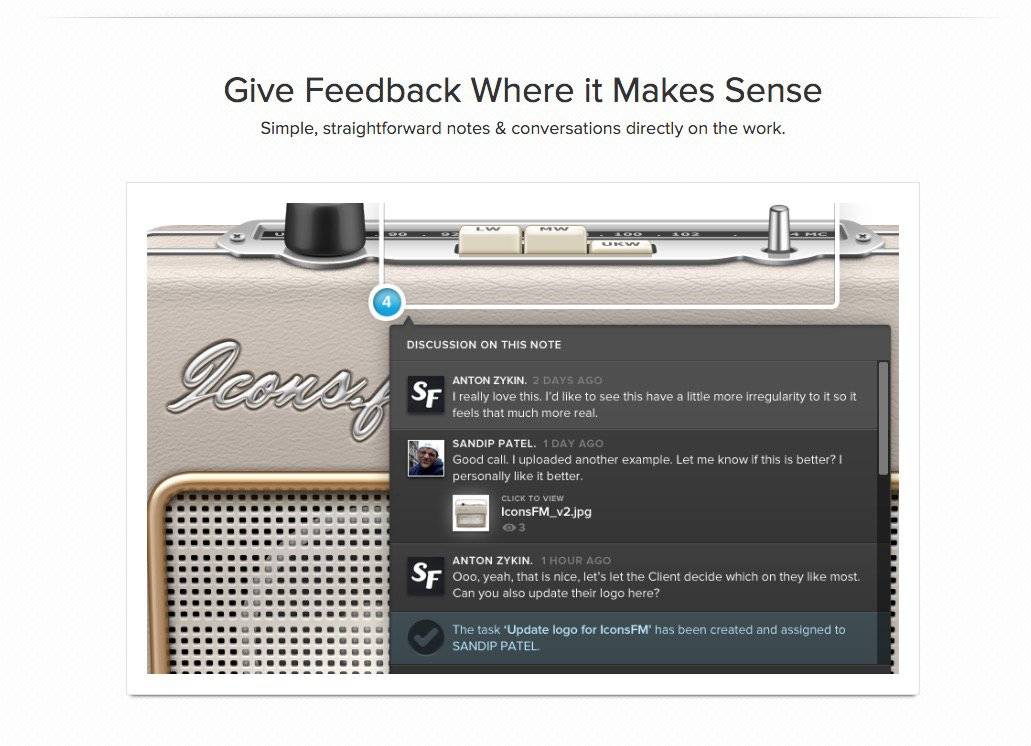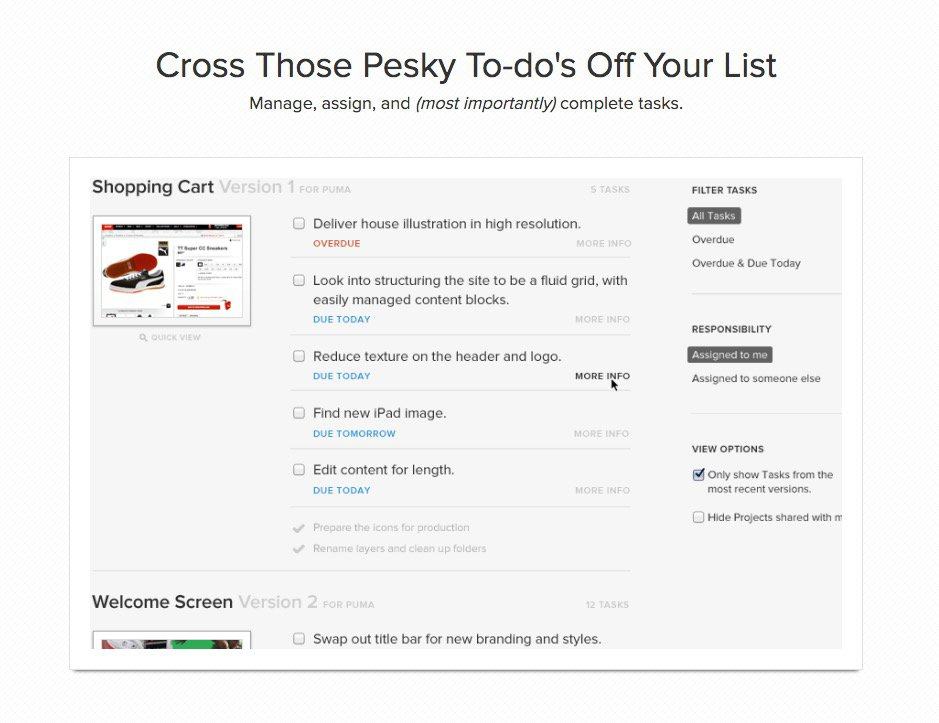
During 2015 I experienced three unfortunate situations of unscrupulous clients trying to pull a fast one on me: Specifically, filing a ‘Item not Received’ dispute with PayPal.
This was after I had showed the client a number of logo design ideas, and had obviously spent my valuable time on their project: close to three weeks.
It is clear to me now, that some people do believe that they can get free logo designs if they pay using PayPal; once they have seen the ideas, can then file an ‘Item not Received’ dispute, with the goal of getting a full refund.
Leaving you, the graphic designer, very much out of pocket.
The immediate result of a client filing ‘Item no Received’ Dispute is that the amount the client paid you will be taken out of your PayPal account, and help by PayPal as the dispute is investigated.
This can lead to all sort of financial complications depending on how much the dispute is for, if you rely on eBay to sell goods, and just general stress and anxiety.
Using PayPal to Receive Client Payments
Using PayPal to received client payments for graphic design services has started to become synonymous with being a quick way to being ripped off.
Fortunately, from my past experiences, I can tell you there is a way for graphic and logo designers to actually prevent PayPal from siding with the client in such disputes.
Tangible and Intangible services/products
There is one major thing you must do in order to protect yourself , and to ensure that even if a client does decided to file this dispute, than you’ll ultimately end up with PayPal siding with you, leaving the client very much red-faced.
First, just a little clarification on what PayPal calls ‘Tangible & Intangible’ services and products.
The client is paying you for a creative service, that is mostly based on: subjectivity and uncertain timelines for project completion.
You can’t really define, or even promise to a client, the exact ‘look’ of the design at the start of a project, neither can you really be 100% sure that you’ll come up with that winning idea by a certain date. (You might be able to say you’ll have an idea by a date, but you can’t control if the client will like it, and if they don’t, then this will add more time to the project.)
You’re rarely be able to post, and prove a confirmation of posting/delivery of said logo design, simply due to having nothing to actually post (unless you print out copies of the designs, and post these etc).
You are providing, and selling, a creative service that cannot be filed under the same as, say: selling digital downloads of a book; prints, artwork, photography, paintings etc.
In these cases there is a clear ‘item for sale’, and if the seller doesn’t deliver, then the buyer can rightfully make an ‘Item not Received’ dispute.
This is where a lot of people get confused with PayPal, and what is covered under their Seller and Buyer protection schemes.
It used to be that most ‘services’ with Intangible services/products were simply not covered by PayPal’s Buyer Protection schemes, but recently PayPal has tightened up on this. 
How Does a Graphic Designer Avoid Losing a PayPal Dispute?
However, as I have experienced myself, you are still protected IF you ensure you do one important thing.
Think a long the lines of ‘proof of delivery’, but in a digital sense. It’s more of a ‘proof of having SEEN the work you have done’, than receiving something in the post.
We’re not talking about printing out sheets of the final logo design, and posting them to the client; we’re talking about proving that you’ve done ‘x-amount’ of work so far, and that the client has seen, or better yet, actually commented on this work somehow.
This is what PayPal deems as you having fulfilled the Service the client has paid you for, or are continuing to full fill the service if you’re mid way through a project. Especially if the client has given notice of ‘approving’ any work done thus far!

Submit Proof to PayPal
So how do you get to prove to PayPal (because YOU will need to prove and submit proof) that your client has seen various logo design updates, and even better, has maybe commented their views and feedback to you?
What saved me in my last torturous experience, was having used the handy Cageapp to upload my various: ideas, sketches, type selections, along with comments explaining any reasoning and other useful comments for the client.
What this meant was that the client HAD received, AND had acknowledged receipt of my work thus far.

I was able to instantly see when the client had logged into Cageapp to firstly view the various logo ideas, but critically, she left VERY positive feedback for me on these first designs.
Two days later this client filed for a full refund of £1000, claiming she had not received the work she had paid me for.
After PayPal put my account on hold and took the £1000 from my account, I was eventually able to submit unquestionable proof that the client HAD in fact not just received the start of the ideas, but had also expressed very positive feedback.
This client ultimately didn’t have a leg to stand on, because I had digital proof, in the form of screenshots etc, that I was indeed doing what she had paid me for.
PayPal had no choice but to file in my favour.

Keep Track of Client Feedback/Revisions
That is really the most important bit of advice I can give any graphic designer, who still needs to use PayPal when accepting client payments.
I was thinking about other ways one can prove to PayPal that a client has acknowledged your work so far, has left comments on ideas and concepts, which ultimately means ‘Proof of Delivery’.
There are many other project workflow applications and services out there, BaseCamp is probably one of the most well-know and has been around for a long time.
If cash is a problem, and you need to find a way that doesn’t involve subscriptions, then I think there are a few methods available:
• FaceBook — You could set up a Facebook album with privacy set to just the client, then upload images of your progress so far, and request the client leaves comments each time.This acts a bit like Cageapp, in that you are creating a digital finger print showing that the client has indeed seen (received) your work.
• Flickr (any photo service really that allows comments etc) — Much like Facebook really: create private albums for each client, and ask them to leave comments and feedback exactly like Facebook.
It’s just about finding a way that allows for you and a client to digitally leave comments and feedback, and FaceBook and Flickr are two that come to mind.
The one downside is that the client ‘could’ remove/delete their comments if they were that keen to get a refund, so it’d be important to keep screenshots each time.
This is where a great service and application like Cageapp comes into it’s own, because it’s designed to be easy to use, but to also protect your best interests.
Conclusion
I’ve said it already, but I’ll say it again. If you are using PayPal to accept client payments, then in order to protect yourself from being ‘conned’, please please ensure that you keep good track of each clients’ interaction with your ideas.
If you can’t prove to PayPal that your client has seen work you were paid to do, then you’ll find it pretty hard to win an ‘Item not Received’ dispute.
It’s not impossible, as long as you are prepared to search through emails, texts, IM’s etc to find any proof that the client has ‘seen’ work you have done for them!
It’s certainly a shame that ‘we’ have to take such precautions, but it’s best to be overly cautious in these situations.
But also, it’s just good project management to have a process in place that tracks your work, your ideas, your massive list of To-do’s as well as general interactions with your client etc. :)

